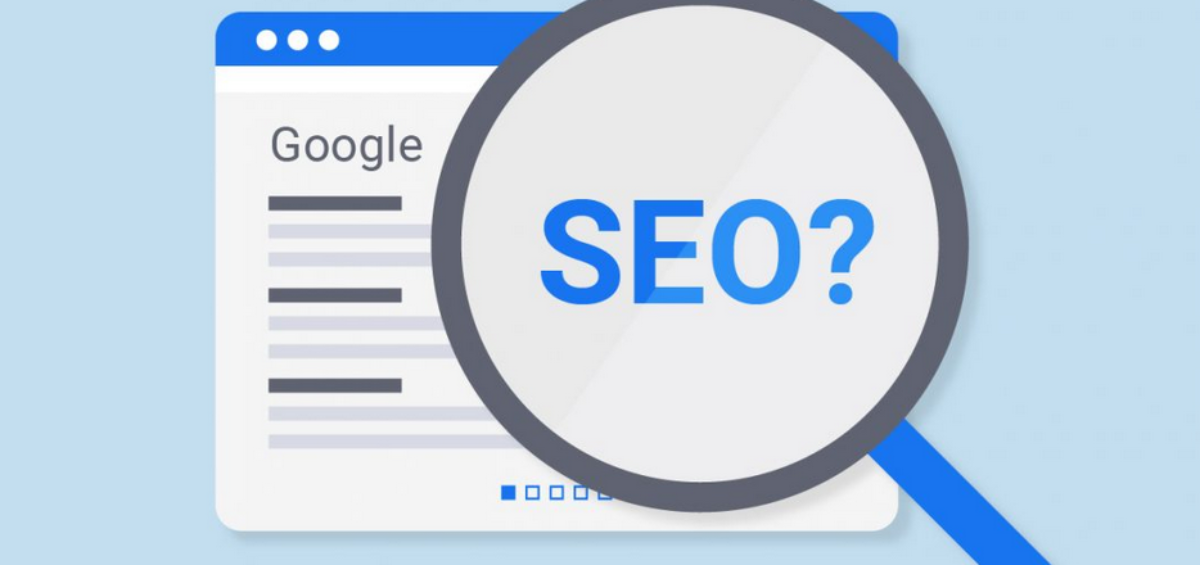Most bloggers have the same goal; to get as many people as possible to visit their blog on a regular basis. If you spend a substantial amount of time blogging, you probably have a general idea of what SEO or search engine optimization is. What you may not realize is that you might be missing out on enjoying the full benefits of SEO. Here are ten common SEO mistakes bloggers tend to overlook.

1. Auto Generating Title Tags
Auto generating certain info on your blog can be a real time-saver, but not when it comes to your title tags. It’s best to handcraft your own category and permalink pages to create a more focused title that has more SEO potential. Blog software usually just grabs the title of your post title and the category and slaps the name of your blog in the front. WordPress has a plugin called “SEO Title Tag” that allows you to easily customize your title tags.
2. Indexing Too Many Pages
Not every page of your blog needs to be indexed. In fact, some pages should never be indexed since they don’t have much substantial content. This would include a page with enlarged photos or printer-friendly pages. Use the query operator site to search Google and find pages that don’t need to be indexed. You can disallow these pages that don’t really offer any unique content by going to the robots.txt.file.
3. Multiple URLs for the Same Page
There is nothing wrong with having different URLs for different pages of your blog. The problem is when you have multiple URLs that lead to the same page, which is usually the homepage of your blog. It’s like having multiple billboards for the same company along the highway with a different phone number on each one. You want to make the path to your blog as clear as possible.
4. Duplicate Content
It’s not unusual for duplicate content to find its way to your blog. This can either happen by accident if you post something twice or from different users posting the same content from another blog. Aside from cluttering your blog, duplicate content can raise a flag with search engines since it appears that you’re trying to stack the online deck in your favor. WordPress has a feature called “Optional Excerpts” that can minimize duplicate content.
5. Archiving By Date
Any blog that’s been around for some time is going to have archived content. You probably recall old high school habits of organization and automatically categorize your archives by date rather than keyword. You end up having a whole bunch of content that could be attracting new followers if you organized it by category or linked it to your current content by using similar keywords. Get into the habit of tagging all content, including your archived content.
6. No Keyword Focus
Keywords aren’t all that effective if your selected keywords take visitors to different places. Category pages and descriptive tags are great, but you need to maintain some consistency by selecting keywords that will be used throughout your blog. Keywords can end up jumping all over the place as new pages are added to your blogs and other pages are archived. “Sticky posts” are designed to stay near the top of your category pages regardless of the age of the posts.
7. Truncated URLs
SEO extends to words you choose for the URL of your blog. You want to eliminate wasteful words like “a, an, the” or slashes, question marks, and other punctuation that serves no useful purpose. Most blog platforms tend to truncate URLs with no regard to where your keywords are located. This can be corrected be eliminated throwaway words such as “the” yourself and changing your settings to “custom write” or a similar setting.
8. Not Optimizing Your RSS Feed
Each category on your blog should have its own RSS (Really Simple Syndication) feed to allow visitors interested in certain pages or topics to either subscribe or syndicate that specific category. This concept should extend to your tags. An RSS feed should have enough keyword-rich content to stand on its own. Add a descriptive title sprinkled with some keywords and you should be all set.
9. Placing Your Blog’s URL on Your RSS Feed’s URL
If your blog is supported by a domain you don’t own, such as WordPress or TypePad, you could end up with a big problem if you want to transfer your blog to another platform. If your blog’s URL contains “wordpress.com,” for example, you won’t be able to delete that part of the URL if you switch to BlogSpot or TypePad. Most of the time, you have to abandon your blog and start it over again. Google’s MyBrand is a free service that can help you create a unique URL that can be used wherever your blog goes.
10. Using Generic Anchor Text
Avoid the temptation to use words like “here” as anchor text on your blog pages. The problem is that you’re missing out on SEO potential by using generic words like “here” instead of linking to one of your keywords.
Author Bio
Emily Burgess is a SEO enthusiast who writes for UpCity, and loves to spread the word about new ways to improve your SEO. Click here for more information on how to enhance your SEO and meet your goals.












Nice article but don’t agree with point #10.